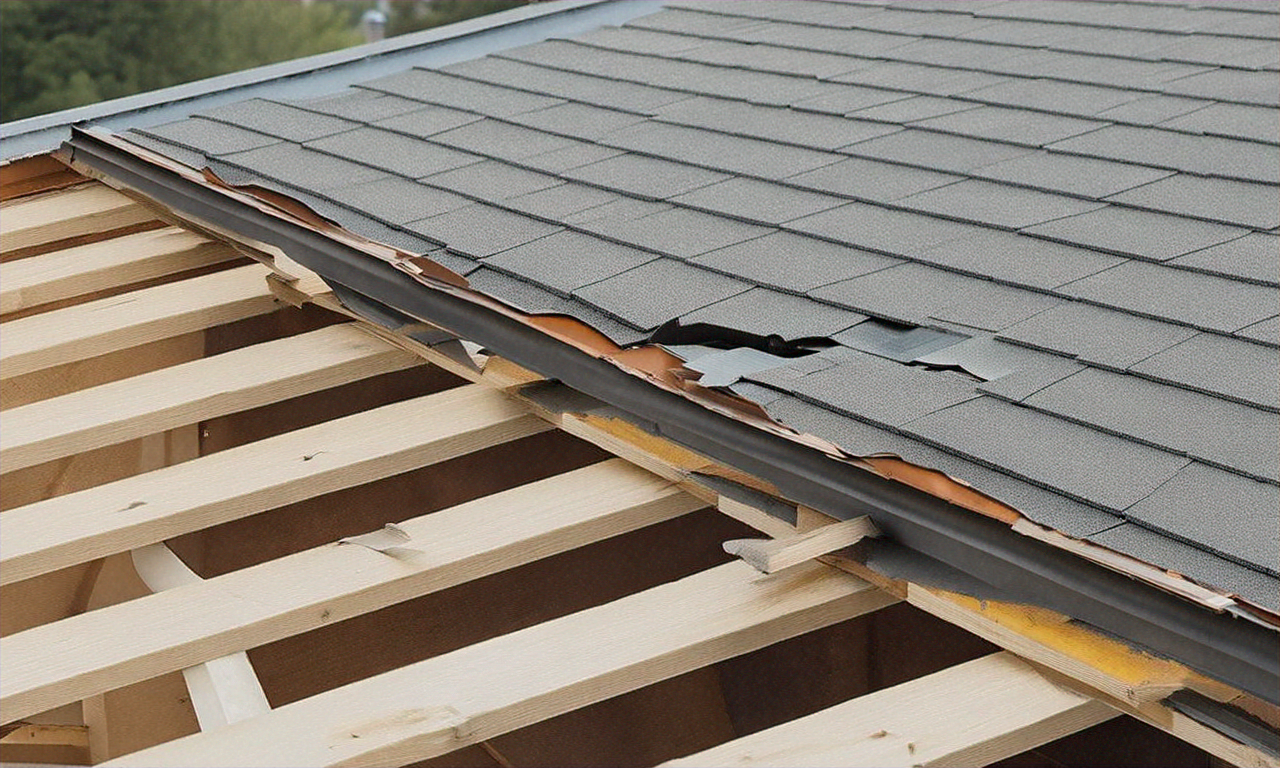Roof replacement costs in the US: what to expect and how to compare options
Replacing a roof can seem overwhelming, but understanding the costs and available options makes the process easier. In the US, the average cost of a new roof depends on materials, size, and location. While some homeowners expect sky-high prices, many are surprised to learn that affordable roofing options exist — especially when factoring in long-term durability and energy savings. In this guide, we explore what influences roof replacement pricing in 2025, how to get accurate quotes, and what to consider when choosing between different materials and providers. Whether you're facing a leak or planning a full upgrade, this article helps you make an informed decision.

What factors influence roof replacement cost 2025?
Several key elements determine your final roofing bill. Home size stands as the primary factor, with costs calculated per square foot of roofing area. A typical 2,000-square-foot home requires approximately 22-24 squares of roofing material, where one square equals 100 square feet. Labor costs vary significantly by region, with metropolitan areas like San Francisco and New York commanding premium rates compared to rural markets. Roof complexity also impacts pricing, as multiple angles, chimneys, skylights, and steep pitches require additional time and specialized techniques.
Material choice dramatically affects your budget. Asphalt shingles remain the most economical option, while metal, tile, and slate represent higher-end alternatives with extended lifespans. Weather conditions and seasonal demand influence pricing too, with spring and summer typically seeing higher rates due to increased demand after winter damage.
How do I find the average price for new roof US?
Research begins with understanding your local market conditions, as roofing costs vary substantially across different states and regions. The Southeast generally offers lower labor costs, while the Northeast and West Coast command premium pricing. Start by gathering multiple quotes from licensed contractors in your area, ensuring each estimate includes identical specifications for accurate comparison.
Online roofing calculators provide preliminary estimates, but professional assessments remain essential for accurate pricing. Consider factors like permit costs, which range from $150 to $500 depending on your municipality, and disposal fees for existing materials. Insurance considerations also play a role, as some policies cover portions of replacement costs following storm damage or other covered events.
Where can I discover affordable roofing options?
Budget-conscious homeowners have several strategies to reduce replacement costs without compromising quality. Timing your project during off-peak seasons, typically late fall or early winter, can yield significant savings as contractors offer competitive rates during slower periods. Material selection offers another avenue for savings, with architectural asphalt shingles providing excellent value while maintaining curb appeal.
Consider financing options offered by roofing companies or home improvement loans with favorable terms. Some manufacturers provide rebates or incentives for energy-efficient materials, while local utility companies occasionally offer programs supporting cool roof installations that reduce energy consumption.
How should I compare roof installation quotes?
Proper quote comparison requires examining details beyond the bottom-line price. Ensure each estimate includes identical materials, with specific brand names and warranty information clearly stated. Labor costs should itemize removal, installation, cleanup, and disposal services. Watch for significant price variations that might indicate missing components or quality compromises.
Verify that quotes include necessary permits, underlayment, flashing, and ventilation requirements. Request references from recent customers and check contractor licensing, insurance coverage, and Better Business Bureau ratings. Timeline estimates should align reasonably, as unusually fast completion promises might signal corner-cutting.
What roofing materials offer the best value in 2025?
Asphalt shingles continue dominating the US market due to their cost-effectiveness and ease of installation. Three-tab shingles represent the most economical choice, while architectural shingles offer enhanced durability and appearance for modest additional cost. Metal roofing gains popularity for its longevity and energy efficiency, though initial costs run higher than asphalt alternatives.
Clay and concrete tiles excel in hot climates, providing superior insulation and fire resistance. Slate offers unmatched longevity but requires structural reinforcement due to weight considerations. Synthetic materials increasingly compete with traditional options, offering similar aesthetics with improved weather resistance and reduced maintenance requirements.
What are current pricing ranges for different roofing services?
Understanding market rates helps homeowners budget effectively and identify fair pricing. Regional variations significantly impact costs, but national averages provide useful benchmarks for comparison shopping.
| Material Type | Cost Per Square | Total Cost (2,000 sq ft home) |
|---|---|---|
| 3-Tab Asphalt Shingles | $350-$500 | $8,000-$12,000 |
| Architectural Asphalt | $450-$650 | $10,000-$15,000 |
| Metal Roofing | $600-$1,200 | $14,000-$28,000 |
| Clay/Concrete Tile | $800-$1,400 | $18,000-$32,000 |
| Natural Slate | $1,200-$2,000 | $28,000-$45,000 |
Prices, rates, or cost estimates mentioned in this article are based on the latest available information but may change over time. Independent research is advised before making financial decisions.
Labor typically accounts for 40-60% of total project costs, varying by region and roof complexity. Additional expenses include permits ($150-$500), disposal fees ($300-$800), and potential structural repairs discovered during installation. Premium features like enhanced ventilation systems, ice dam protection, or upgraded gutters add to base costs but provide long-term benefits.
Successful roof replacement requires balancing immediate budget constraints with long-term value considerations. Quality materials and professional installation protect your investment while potentially reducing energy costs and increasing home value. Take time to research local contractors thoroughly, obtain multiple detailed quotes, and consider financing options that make premium materials accessible. Remember that the lowest bid isn’t always the best value when factoring in material quality, warranty coverage, and contractor reputation.




